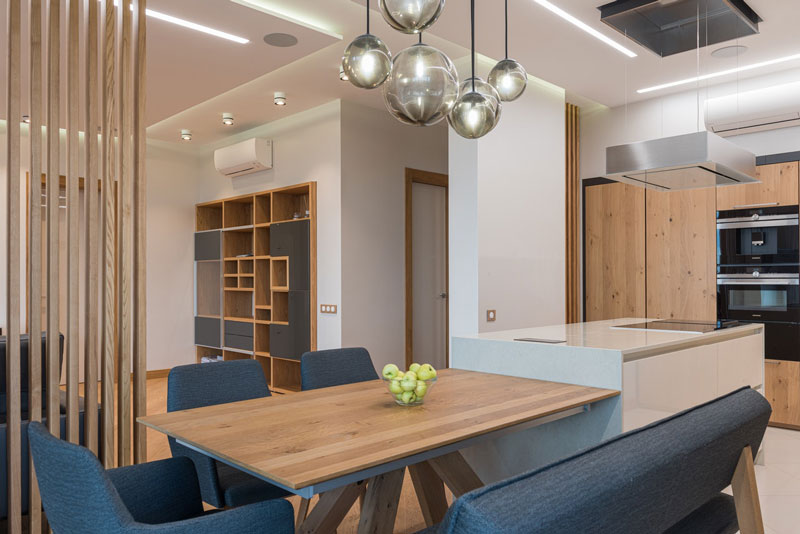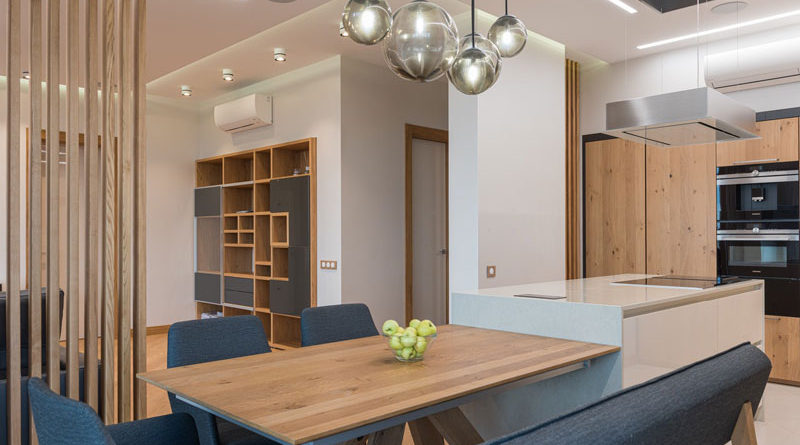Creating Mood With Interior Electrical Lighting
Lighting is one of the most important elements in home interiors. Depending on whether you are working with a good electrician on a re-model or arranging light fittings in an existing room, the resulting atmosphere will greatly magnify or diminish the effect of your home furnishings and decoration.
In this article we will look at design ideas for interior lighting with electric lights. Natural lighting is a topic for another day, and may or may not be under a designer’s control.
Often added as an afterthought, the design and selection of lights in a room can completely change the atmosphere from harsh to relaxing at the flick of a switch. The choice of electrical lighting fitting is overwhelming so where do we start? First consider the room to be lit:

Bathroom
Bathroom lighting tends to be more practical than in other areas, but can also offer options. A small bathroom may be best served with a central ceiling light, and a larger one with flush inset downlights. There is no reason a bathroom light needs to be inset into the ceiling, and there are even bathroom chandelier lights available in addition to wall mounted lights.
Additional lights above or around a vanity area can be added for additional lighting for getting ready, especially if bleary eyed first thing in the morning!
Kitchen
With kitchen lights there are a wide range of fittings, from ceiling lights, spotlights and downlights, counter and cabinet lights and wall lights. Good overhead lighting is essential, but the kitchen is a great pace for additional lights such as under wall-mounted cupboards to light up the counter for food preparation, so consider task and amenity lighting. Glass fronted cabinets may be back lit to highlight special dishes and glasses. A kitchen is a place where a designed should take a step back and consider exactly what each space is to be used for before deciding on the lighting – will there be the right lighting level on all counters and cabinet surfaces?
Bedrooms
Most bedrooms tend to be under lit, with a selection of lamps with shades. But it is always useful to be able to have a brighter option to be used occasionally say for cleaning or looking for items. Ideally a combination of ceiling, wall and bedside lamps can be used as needed. Particularly useful in bedrooms, dimmers can be used to get just the desired level of light.
Living Room
Living spaces are where an interior designer can really shine (pun intended). Again a lot of thought about the client’s proposed use and possible furniture arrangements. Does the lighting need to be flexible or steady? Is the lighting to be direct, indirect or for background ambience? Will the lighting enhance or tone down the different elements in the room? Are there special architectural features such as a fireplace or ornate coving or ceiling rosettes which should be highlighted? Or an antique, painting or trophy cabinet to be featured? Some larger rooms may have a ceiling light as a focal point such as a large chandelier. A statement chandelier is a unique design element, which instantly draws the eye, but needs the correct setting to pull it off.
Hence, the room absolutely requires to be cosy. The lighting can play its part in both of these elements of the space. Living space lights can be practical too: their luminescent colour and their brightness can be changed, or they can even be managed through smart innovation.
For the best brightness level for the living room, consider placing LED downlights that are angled towards the drapes, artwork and any joinery so that the light reflects back into the space, boosting the feel of area within the space. Always remember it is important to have a focal point within any room as part of your living room lighting plan. Quite frequently the simplest method to accomplish this in a living room is to pin point a coffee table or decorative item with a narrow beam of light.
For the most flexible living area lighting you can combine ceiling lights, wall lights, floor lamps and decorative lights for the optimal lighting for any situation. Most lights can be installed with a dimming function, either built into the wall switch or as part of the connecting cable.
Is it better to select traditional, halogen or LED bulbs?
There is really nothing to discuss when you hear the arguments in favour of LEDs. Led technology has won the battle over halogen and traditional filament bulbs. Led lights protect the environment (contain no mercury), use 90% energy than traditional bulbs, 60% less energy than halogen bulbs, and are fully bright as soon as switched on. As there is no filament to burn out, LEDs have a service life of up to 50,000 hours, which is 50 times longer than traditional bulbs.


